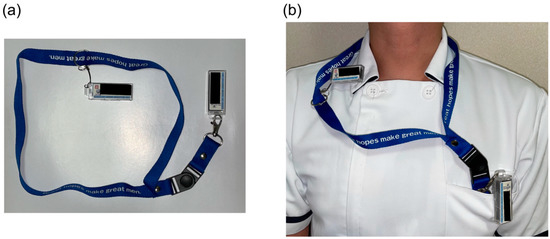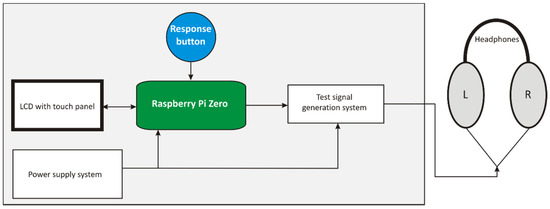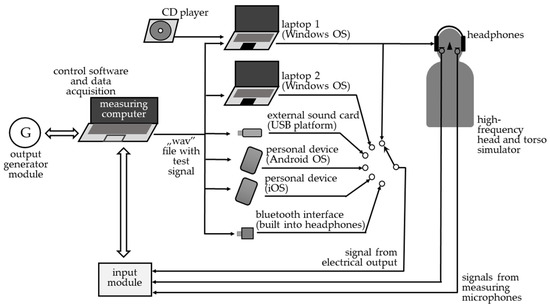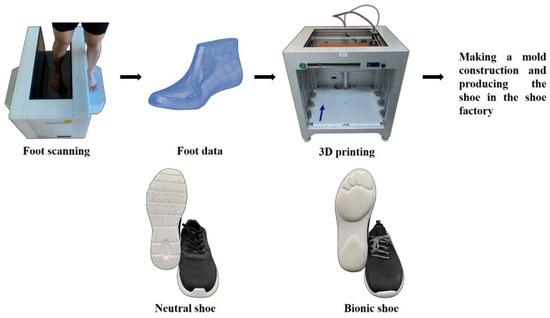Occupational Safety and Personal Protective Equipment (Closed)
A topical collection in International Journal of Environmental Research and Public Health (ISSN 1660-4601). This collection belongs to the section "Global Health".
Viewed by 55225Editor
Interests: occupational exposure; respiratory protection; face and eye protection; OSH; PPE; human factors; wearables; IoT
Special Issues, Collections and Topics in MDPI journals
Topical Collection Information
Dear Colleagues,
Workers are often faced with hazards that cannot be removed, mitigated, or controlled through substitution, technical means of collective protective measures, or work organization. Then, personal protective equipment (PPE) is utilized to decrease exposure and provide some level of protection for workers as a last resort solution. PPE is also often used as a complementary tool to increase occupational safety even if the hazards are being controlled by other means. PPE should be selected having in mind specific characteristics of the work environment, including hazards identified at the workplace, environmental conditions, and specifics of occupational activities of the workers and human factors. It is also important to establish the conditions for proper PPE use, maintenance, and disposal.
In recent years, a multitude of interesting concepts and pressing issues in PPE have emerged, including fresh views on PPE programs, use of innovative materials and ideas in PPE design, environmental concerns around disposal of used PPE, or computer-aided predictions of service life and different phenomena taking place while using PPE. Thus, it is my pleasure to invite you to submit to this Topical Collection original articles, reviews, and short communications that would advance knowledge in the following areas:
- Selection and safe use of PPE;
- Influence of PPE on task performance and productivity;
- Development of PPE with new or improved properties;
- New materials and technical solutions used in PPE;
- And other PPE related topics.
Dr. Małgorzata Okrasa
Collection Editor
Manuscript Submission Information
Manuscripts should be submitted online at www.mdpi.com by registering and logging in to this website. Once you are registered, click here to go to the submission form. Manuscripts can be submitted until the deadline. All submissions that pass pre-check are peer-reviewed. Accepted papers will be published continuously in the journal (as soon as accepted) and will be listed together on the collection website. Research articles, review articles as well as short communications are invited. For planned papers, a title and short abstract (about 100 words) can be sent to the Editorial Office for announcement on this website.
Submitted manuscripts should not have been published previously, nor be under consideration for publication elsewhere (except conference proceedings papers). All manuscripts are thoroughly refereed through a single-blind peer-review process. A guide for authors and other relevant information for submission of manuscripts is available on the Instructions for Authors page. International Journal of Environmental Research and Public Health is an international peer-reviewed open access monthly journal published by MDPI.
Please visit the Instructions for Authors page before submitting a manuscript. The Article Processing Charge (APC) for publication in this open access journal is 2500 CHF (Swiss Francs). Submitted papers should be well formatted and use good English. Authors may use MDPI's English editing service prior to publication or during author revisions.
Keywords
- personal protective equipment (PPE)
- respiratory protective devices
- protective eyewear
- protective gloves
- protective footwear
- head protection
- protective clothing
- equipment protecting against falls from a height

























